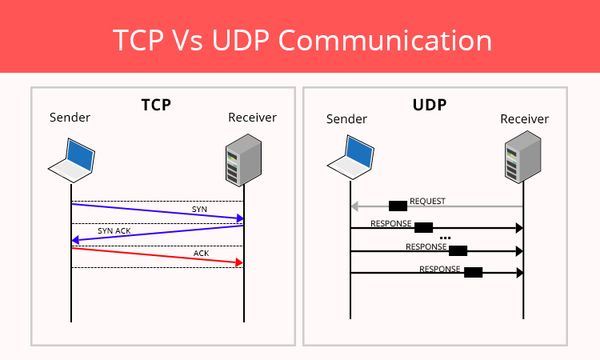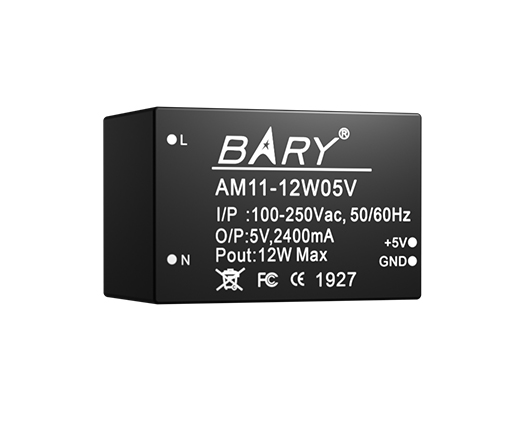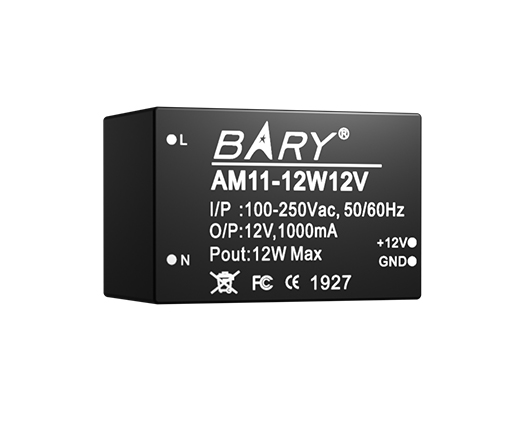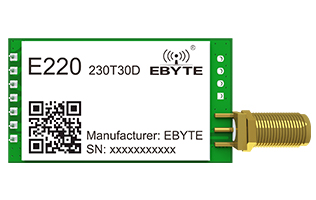

When it comes to network transport, most people probably think that TCP is the best choice. Because TCP is a reliable protocol, it can ensure the reliability and integrity of data. However, when UDP is considered, some might argue that it is faster than TCP. Is this true? Under what circumstances will UDP be slower than TCP?
ARTICLE OUTLINE :
The difference between UDP and TCP
UDP and TCP are two different protocols that are both used to transfer data between computers.

TCP is a connection-oriented protocol,(Refer to: WebSocket is a network protocol for full-duplex communication over a single TCP connection) which means that a connection must be established before data can be sent. This connection requires a three-way handshake process and it will take some time to establish the connection. Once the connection is established, the data will be transmitted in a reliable manner. If a data packet is lost or damaged during transmission, TCP will retransmit the data packet to ensure data integrity and reliability. However, since TCP has to ensure the integrity and reliability of the data, this can result in slower data transfers.
On the other hand, UDP is a connectionless protocol. This means that no connection needs to be established before sending data, so there is no need for a three-way handshake process. Since UDP does not ensure data integrity and reliability, it may lose some packets. However, this makes UDP faster than TCP because UDP doesn't have to wait for packets to be retransmitted.
Is UDP necessarily faster than TCP?
The reliability and speed of TCP are slow because it has some complex mechanisms, such as retransmission mechanism, flow control mechanism, sliding window control, congestion control mechanism, etc. TCP will put a number (sequence) on the sent message, and the receiver will return an acknowledgment (ack) after receiving it. If the confirmation from the other party is not obtained for a long time, TCP will resend the message, which is the retransmission mechanism.
However, retransmission itself has a serious impact on performance, and it is necessary to avoid retransmission as much as possible, so there is a sliding window mechanism and a flow control mechanism. Because the ability of the data sender and the receiver to process data may be different, and the sending and receiving windows can adjust the amount of data sent according to the capabilities of both parties, the sliding window mechanism is to dynamically adjust the size of the receiving window, and TCP controls the sent data according to the size of the window amount to reduce the probability of packet loss.

Just because there aren't these complicated TCP reliability mechanisms, is UDP faster? Although UDP does not require a connection to be established, UDP is not always faster than TCP. The fast transmission speed of UDP depends on the type of data and transmission load. If you need to transfer large amounts of data, TCP may be faster because it guarantees data integrity and reliability, which means it can transfer data faster.
However, if you need to transfer small amounts of data or real-time data such as video and audio, then UDP may be faster. This is because UDP can increase the transmission speed by dropping packets, so that data can be transmitted faster. And for the packet loss problem of UDP, users will implement some retransmission mechanisms on the application layer based on UDP in most cases. UDP itself does not fragment. If the transmitted data is too large, it will be fragmented at the IP layer. If packet loss occurs at this time, the entire large data packet needs to be retransmitted. At this time, using UDP will be slower than TCP.
Another factor to consider is network latency. UDP is generally faster than TCP because it doesn't have a process of establishing a connection, which reduces latency. However, if your network has high latency, UDP can cause packet loss or corruption, affecting data integrity and reliability.
Although the transmission speed of UDP is faster than TCP in most scenarios, it is not suitable for all scenarios. UDP is often used for real-time applications such as video and audio streaming. This is because real-time applications require fast transfer speeds and can tolerate some packet loss or corruption. In addition, UDP can also be used in online games, because online games require fast transmission speed and real-time response, and can tolerate a small amount of packet loss.
Another use case for UDP is network probing and measurement. UDP can be used to send probe packets into the network to obtain network performance information. For example, you can use UDP Ping to test network latency and packet loss.
How to improve the transmission efficiency of UDP and TCP?
In practical applications, we can improve the transmission speed and efficiency of UDP and TCP through some technical means. For example, in view of the transmission characteristics of the UDP protocol, we can use the UDP protocol in conjunction with other technical means to improve transmission reliability and efficiency. For example, FEC (Forward Error Correction) technology can be used to implement data redundancy and error correction to improve the reliability of data transmission; QoS (Quality of Service) technology can also be used to implement bandwidth management and flow control to optimize network transmission efficiency.
In addition, in the TCP protocol, there are also some technical means that can be used to improve transmission speed and efficiency. For example, a TCP accelerator can be used to speed up data transmission, and a TCP BBR (Bottleneck Bandwidth and RTT) algorithm can be used to optimize congestion control and bandwidth utilization.
In general, the transmission speed and efficiency of UDP and TCP depend on the specific application scenarios and requirements, and need to be selected and weighed according to the actual situation. In practical applications, we can optimize the transmission efficiency of UDP and TCP by using other technical means, so as to better meet the actual needs.









